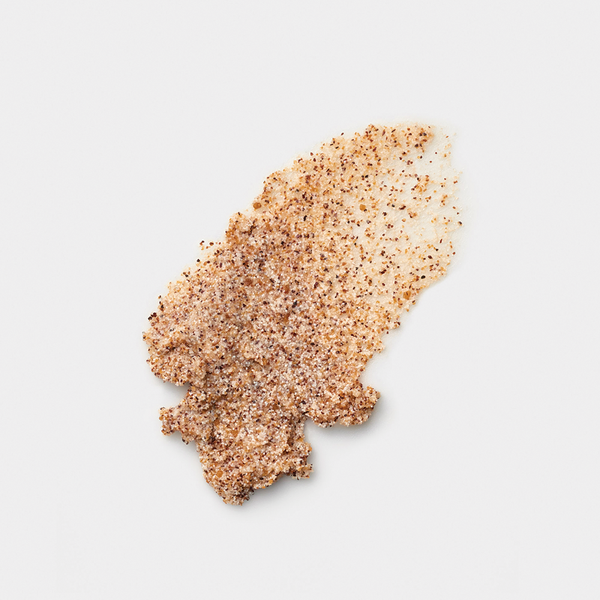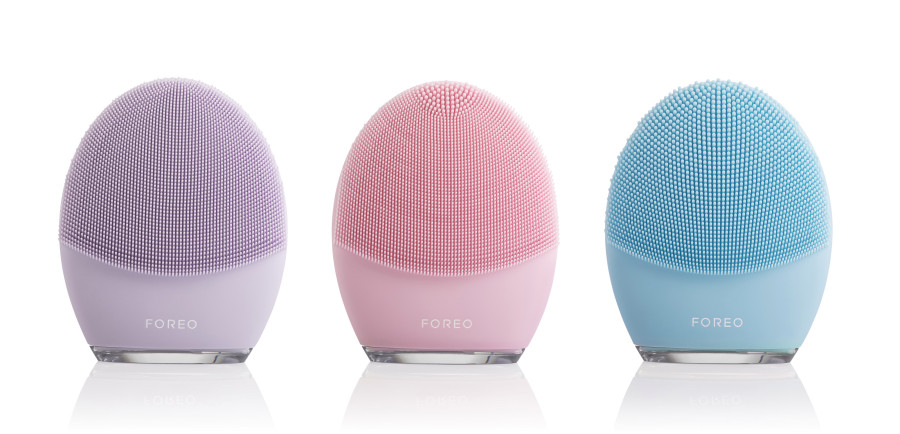 One of the most important product you can use on your skin with profound dermatologic implications, is your cleanser. Cleansers are made of alkaline base or the less barrier‐damaging synthetic alternatives. There are a variety of cleansing formulas on the market to meet your needs, however, what are you currently using? And is it providing your skin the nourishment it needs?
One of the most important product you can use on your skin with profound dermatologic implications, is your cleanser. Cleansers are made of alkaline base or the less barrier‐damaging synthetic alternatives. There are a variety of cleansing formulas on the market to meet your needs, however, what are you currently using? And is it providing your skin the nourishment it needs?The purpose for cleansing is to reduce sebum (oil), toxins and dirt to control the skin microbiome. Historically, surfactants in cleansers solubilize oil/water components on the outer most layer of the skin. With high concentrations of surfactants and level of ph, the interaction with the skin becomes more complicated. Solubilization of skin components such as lipids, enzymes, and natural moisturizing factors can weaken the skin barrier function. Surfactants remove skin components, penetrate into the skin, alter skin structure, and therefore degrade barrier functions and lead to adverse skin conditions. Now a days, technology has allowed for the development of products that better respect the skin barrier. Here are some things to look out for when choosing the right cleanser.

NORMAL INDICATIONS
"Normal" is a term widely used to refer to well-balanced skin. The scientific term for healthy skin. An even complexion with minimal sensitivity or pore size.
What it needs: Treat it with what it needs at the moment, and adjust accordingly.
What to use: A gentle gel cleanser cleanses away impurities without stripping the skin of moisture.
DRY INDICATIONS
"Dry" is used to describe a skin type that produces less sebum than normal skin. As a result of the lack of sebum, dry skin lacks the lipids that it needs to retain moisture and build a protective shield against external influences. It’s dull, feels tight, may crack, itchy and possibly red.
What it needs: Moisture!
What to use: Cleansing oils replenish the skin with moisturizing ingredients, as a first cleanse. Or utilizing a cold cream, or lactic acid based to highly moisturize.
 OILY INDICATIONS
OILY INDICATIONS"Oily" is used to describe a skin type with heightened sebum production. It’s shiny, has enlarged pores, and thickened skin. Oily skin can be genetic, but oil production can also be influenced by hormones, stress, the environment and seasonal changes
What it needs: Simplified routine and lifestyle adjustments (diet, makeup, pillows, etc)
What to use: Double Cleanse! First with an oil cleanser, oil attracts your skin's sebum, so you can rinse both away without stripping your face. And follow it up with a gentle cleanser or gentle exfoliating cleanser to help remove build up, as well as unclog and minimize pores.
COMBINATION INDICATIONS
 "Combination" skin is, as the name suggests, skin that consists of a mix of skin types. It tends to be oily (large pores, shine, blackheads) on the forehead, jaw and nose, and dry (flaky skin, dullness, fine lines and wrinkles) on the cheeks, jawline and hairline. This can be amplified by hormonal influences and environmental factors that exacerbate oily and dry skin symptoms.
"Combination" skin is, as the name suggests, skin that consists of a mix of skin types. It tends to be oily (large pores, shine, blackheads) on the forehead, jaw and nose, and dry (flaky skin, dullness, fine lines and wrinkles) on the cheeks, jawline and hairline. This can be amplified by hormonal influences and environmental factors that exacerbate oily and dry skin symptoms.What it needs: The best of BOTH worlds.
What to use: A different type of cleansing at different times of day. A gentle cleanser in the morning to absorb oil and switching to a hydrating exfoliant based cleanser at night to replenish lost moisture. You want to effectively remove dirt, oil and debris without exposing your skin to harsh chemicals that can intensify feelings of dryness and trigger even greater oil production.
SENSITIZED INDICATIONS
Highly reactive, flushes easily inflamed, itchy, and when it comes in contact with any product or environmental triggers, and it burns. It often disappear once its lipid barrier has been repaired.
What it needs: Calming ingredients, with anti-inflammatory properties and ability to enhance your skin’s lipid barrier.
What to use: Use a gel or cream cleanser that does not leave irritation or unnecessary dryness (tightness included). Gently use your fingertips rather than tools!
DEHYDRATED INDICATIONS
It lacks water and can feel itchy, sensitive, dull and fine lines and wrinkles can become more prominent. It sags and looks as if it has lost its “bounce.”
What it needs: Humectants like propylene glycol, hyaluronic acid and sorbitol - substances that naturally attract water. When used in humid conditions, humectants pull water from the environment to the skin. In dry environments, humectants draw moisture from the deeper layer of skin (the dermis) to the outermost layer (the epidermis). However, all of the extra moisturize that humectants bring to the epidermis could easily evaporate. This is where occlusives come in.
What to use: Gentle cleansers, as dehydrated skin can happen to anyone for a short time, purchasing other cleansers for this state is just redundant.
#amareaesthetics
with love...
#natural #largepores #losangeles #skincareroutine #cleansers #exfoliants #skincareproducts #oilyskin #dryskin #selfcare
